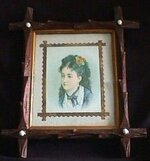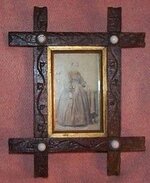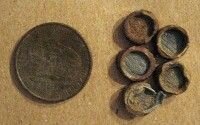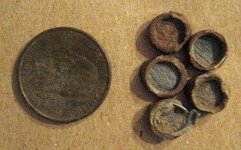Ifoundit69
Saving the past one find at a time !
- Dec 5, 2007
- 1,251
- 600
- 🥇 Banner finds
- 1
- Detector(s) used
- Whites Spectrum Xlt ,Fisher 1270, Fisher F5 ,Fisher F2, , Ctx 3030 ,Nokta Anfibio,Minelab Safari
- Primary Interest:
- All Treasure Hunting
I found these yesterday on a dig , two small lead caps on a C.W site . I have a found a couple of these before but not sure what they are ....can anyone ID and enlighten me . There size is just a tad bigger than a pencil eraser .


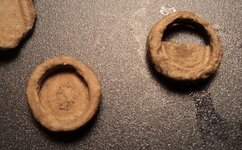
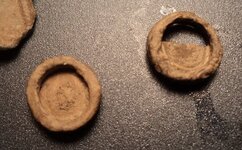

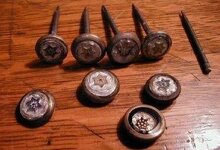
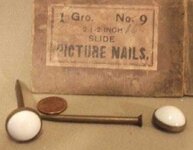
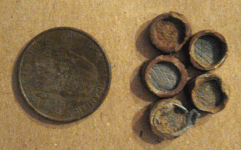
![6907703[1].jpg](/data/attachments/590/590425-2cdc8a1cc154a0b9af7a3e021512ac07.jpg)
